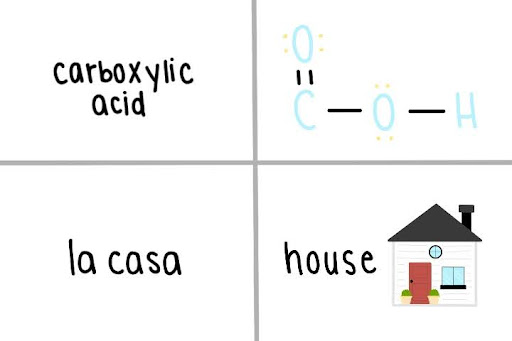The history behind Roe v. Wade
The Alpha Center, located right off of 41st street in Sioux Falls, provides abortion information.
February 2, 2022
Many people do not know the history behind the law of Roe v. Wade, however, understanding the background of the case is key to knowing why it came to be such a controversial topic in the U.S.
According to History.com, at the beginning of the 1820s and early ‘30s, abortion started to come into the political spotlight more due to the rise in women wanting the procedure.
In the 1850s, American Medical Association tried to establish a law to stop abortion-inducing drugs that were unhealthy for women but were still sold. Then in 1869, the Catholic Church banned all abortions no matter what stage they were at. In 1873, Congress passed a law that made it illegal to mail these abortion-inducing drugs throughout the country.
In the 1880s abortion was banned across almost all of the U.S. to try and stop the use of the procedure and the option of getting one.
Jumping to the 1970s, after almost all of the U.S. shut down abortion and the use of drugs inducing abortions, Hawaii was the first state to relegalize it. Following Hawaii’s lead, Washington and New York joined Hawaii in making abortion legal again for their states. By the time Roe v. Wade was made in 1973, abortion was also legally available in Alaska.
Now, Roe v. Wade is about two sides; Roe: pro-choice and Wade: pro-life. But how did they come up with this law, and how did they name it?
Well, Roe came from a 20-year-old woman, Norma McCorvey who had already given birth to two kids and put them up for adoption. She was pregnant with her third and did not want another child to go into the foster care system, so she wanted an abortion. But she lived in Texas, where at the time abortions were illegal; she went to court and found two attorneys who were going to stand by her side whilst fighting for the right to have an abortion. While fighting this law, she became known in her court cases as Jane Roe; the pro-choice side of the argument.
The side of pro-life came from Henry Wade, an American lawyer in 1970. He defended the opposing side about abortion, the right to life for the baby. After going to court in Texas then to the U.S. Supreme Court, they ruled 7 to 2, ending the dispute of abortions and nationally legalizing abortions at the time.
Now, the U.S. is still severely separated in the beliefs of abortions and whether to ban them all together or to legalize the law throughout the whole country. As of right now, these states have banned the procedure: Arizona, Alabama, Arkansas, Michigan, Mississippi, Oklahoma, West Virginia and Wisconsin.







